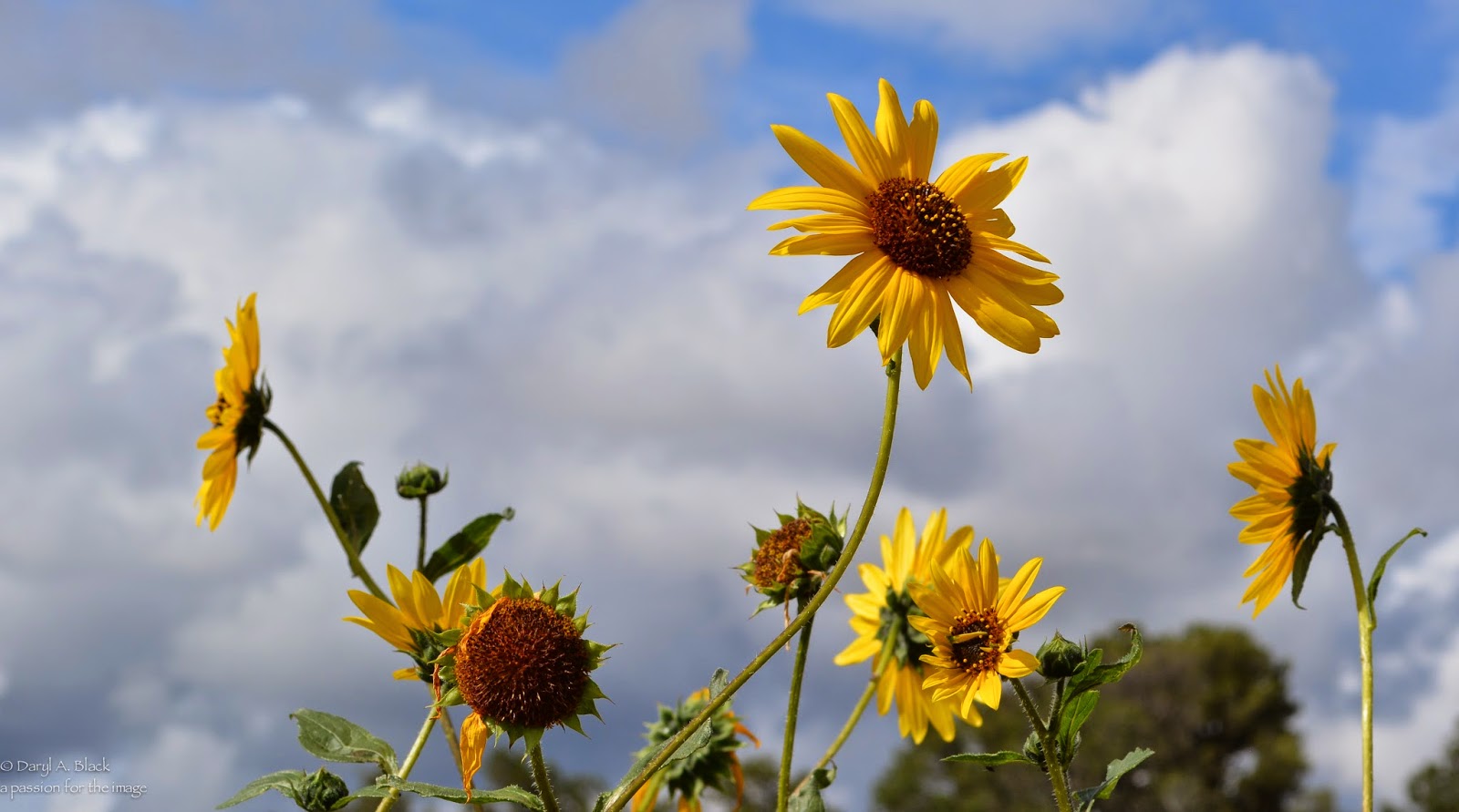Talk to any artisan who weaves - whether the end product is apparel or rugs - and the one thing that is absolutely the bane of his or her existence is the process of warping the loom. To a person, each would probably pay vast sums of money to have the loom warped and ready for the creative side of the process. Thus, when a weaver warps the loom, it is warped for a number of pieces at once, eliminating the need to warp after every piece. In my husband, Fred's case, he warps for roughly five rugs and a rifle scabbard or smaller piece.
Facing the loom and starting on the right hand side, Fred ties 184 individual strands of warp, 4 at a time, to the existing short lengths left after the last rug was removed, and measures from that point to a single point at the other end of the house, 42 feet away. With the the warp just touching the side of the bed, it forms a catenary curve, making each length exactly the same.
They are already threaded through the heddles and reed, but are now strung the length of the house. At this point, Fred carefully lays each strand on the floor of the house (and the loom) creating a "river" of wool.
Many weavers use a tool called a "warping board", but Fred finds his current system somewhat easier. He is definitely accustomed to it after having warped his loom about 47 times, enough for the 277 pieces, mostly rugs, that he has produced in the last eleven years.
184 strands of warp, all 42 feet in length, is roughly 1.5 miles of warp. That is what Fred loads onto the Rio Grande walking loom each time he warps. The tough and "toothy" characteristics of Navajo-Churro wool makes it ideal for weaving rugs but the weaver's dilemma of warping is even more pronounced. Each strand of the wool clings to any other piece in its proximity like Velcro. The strands curl back and around themselves like pig tails. Tying the strands is a very precise and exacting task, and the consistency of churro almost removes fingerprints!
My role in this? I am the burro, holding half of the strands in each hand (forming equilateral triangles, as Fred likes to say) after they have been wrapped around my waist. My job is to try to keep a steady tension on the warp while Fred winds the warp, amidst squeaks and pops, onto the warp-beam. This is about the level of my expertise when it comes to weaving, since the geometry/geography gene is definitely not dominant in my makeup! But what beautiful designs can be created by artists, like Fred, who are lucky enough to possess it. Here is his most recent rug #232, now living in Tyler, Texas.
Thanks to Connie Taylor, Julie and Ashley at Taos Fiber Arts, the folks at Tierra Wools and at Weaving Southwest, for giving and supporting Fred's love for weaving.
until next Monday,
DB
a passion for the image


















































